|
Daylight savings has begun, and spring is just around the corner! As a rule, my mood dictates what wine to open, not the weather. And as I’ve mentioned many times in articles I’ve written, I’m not a “seasonal” wine drinker. I enjoy red, white, and rosé all year round. But of late, I’ve been looking forward to sitting outside amongst the budding trees, being serenaded by the birds, enjoying the scent of blooming lilacs, watching the sunset, and sipping a white or rosé wine! Pure bliss! And as much as I love all the seasons, I have a soft spot for spring because it is the season of renewal. And as Gustav Mahler, the composer, said, “Spring won’t let me stay in this house any longer! I must get out and breathe the air deeply again!” So without further ado, here are three white and three rosé wines to kick off the spring season and to enjoy while embracing the longer days and Mother Nature’s gift of renewal. Hat Strap Chardonnay, Los Carneros AVA 2021 This California wine is produced by Cline Family Cellars, established in 1982, a family-owned and operated winery. The grapes for this 100% Chardonnay are sourced from the Cline family’s J. Poppe sustainably farmed vineyard, the oldest Sonoma vineyard on the winery’s estate. Grapes are fermented in a mixture of stainless tanks and French oak barrels. The wine is aged for ten months in 35% new French oak barrels, 35% in neutral barrels, and the rest in stainless. Nose: Sweet apples, white stone fruit, tropical notes, and a hint of lemon. Palate: Juicy peach, pineapple, a hint of herbs and spice with a creamy mouthfeel, and lively acidity balanced with a savory finish. Alcohol: 14.5% SRP: $25.00 Pairing suggestions: Enjoy as an aperitif or pair with salads, light pasta, grilled seafood, or roasted chicken and veggies. Herdade Do Esporão Monte Velho Rosé 2021 Herdade Do Esporão, whose history dates back over 750 years, has vineyards located in the Alentejo wine region in the southern half of Portugal. Monte Velho means “old mound.” and refers to a high point on Herdade Do Esporão estate capped by the ancient square fortress depicted on the label. Blending is a significant part of wine production in Alentejo, and this rosé is a blend of Touriga Nacional, Aragonez, Tinta Caiada, Syrah, Trincadeira, and Arinto, a white grape. The wine is certified vegan by the European Vegetarian Union. Nose: Floral, red berries, and pomegranate. Palate: Aromas segue onto the palate with a nice balance of fruit and acidity. This wine is fresh and lively and is an easy sipper to enjoy while watching the sunset! Alcohol: 12.5% SRP: $12 Pairing suggestions: Enjoy as an aperitif, or serve with charcuterie or light fare. Mandrarossa Grillo Sicilia DOC 2021 Mandrarossa is a brand created by Cantine Settesoli, located in Menfi, Sicily, on the island’s southwestern side. Cantine Settesoli was founded in 1958, and it is the largest winery in Sicily and a source of ongoing research and innovative ideas. Mandrarossa is Settesoli’s top brand, which emerged in 1999. This wine is 100% Grillo, a grape well-suited to Sicily’s hot, dry climate. It is a light and easy-drinking wine. Nose: Floral, stone fruit, lemon zest, herbs, and pear. Palate: Aromas segue onto the palate with citrus, vibrant acidity, salinity, and minerality. Alcohol: 13% SRP: 15 Euros (may not be available in the US) Pairing suggestions: Fresh ricotta, grilled veggies, seafood pasta, and grilled swordfish. Villa Gemma Cerasuolo d’Abruzzo Superiore Rosato DOC 2021 Masciarelli Tenute Agricole, a family-owned winery, was founded in 1981. They have 350 hectares of vineyards located in all four provinces of Abruzzo, Italy. They are committed to sustainability in the vineyards as well as the winery. This rosé is 100% Montepulciano d’Abruzzo, with grapes sourced from a single vineyard of five hectares. Nose: Intense aromas of floral, red berries, cherry, and a hint of citrus. Palate: A juicy and dry wine with strawberry, raspberry, vibrant acidity, a creamy mouthfeel, a touch of herbs, a hint of pomegranate, and a long finish. I love this wine! Alcohol: 14% SRP: $21 Pairing suggestions: Serve as an aperitif, or pair with fish, risotto, fowl, veggie pasta, or seared tuna. CRIOS Torrontés 2021 Susana Balbo is the founder and owner of Susana Balbo Wines, located in Luján de Cuyo, Mendoza, in western Argentina, close to the Andes Mountains. Susana produces four brands of wine that include CRIOS. The CRIOS brand was created as a tribute to her son and daughter. CRIOS in Spanish means “offspring.” It is 100% Torrontés and hand-harvested from vineyards in Cafayete (Salta) and Uco Valley (Mendoza) regions at an elevation of 5,600 ft. Nose: Floral, pear, citrus, and white stone fruit. Palate: Fresh and lively with green apple, citrus, pear, crisp acidity, and minerality. Alcohol: 12.5% SRP: $15 Pairing suggestions: Enjoy as an aperitif or serve with light pasta, seafood, salads, or Asian cuisine. Château D’Esclans Rosé Côtes de Provence 2020 Château d’Esclans is located in the heart of Provence, France. Sacha Lichine purchased this magical estate in 2006 with a determination to create the greatest rosés in the world. The Cháteau d’Esclans is the estate wine made with Grenache and Rolle (Vermentino), sourced from the estate’s vineyard. Vinification takes place in both stainless steel and barrels, adding to the wine’s freshness and complexity. Nose: Floral, strawberry, vanilla, and hints of stone fruit. Palate: Smooth, creamy, rich, and fresh, with berry, pear, minerality, sweet spice, and a long finish. Alcohol: 13.5% SRP: $60 Pairing suggestions: Enjoy as an aperitif or serve with charcuterie, salads, grilled veggies, quiche, goat cheese, smoked salmon, or sushi. Winter or spring? I am more than ready to step into the photo on the right! Photo credits: Penny Weiss Happy sipping!
Until next time… Cheers! Penina To leave a comment or if you have an inquiry, please contact me at [email protected] Clif Family Winery, owned by husband and wife team Gary Erickson and Kit Crawford, is located in Napa Valley, California. It is a small-production estate committed to paying its respects to the land and environment and honoring the planet. All their 90 acres of estate vineyards and farms are certified organic and certified Napa Green, a “soil-to-bottle” sustainability program. Clif Family Winery recently sent me three wines to taste, and I must say, they are good! Rosé of Cabernet Franc 2021 The grapes for this 100% Cabernet Franc are hand harvested from their new CCOF-certified Valle Di Sotto vineyard in the heart of the Oak Knoll District of Napa Valley. 25% of the wine is aged in neutral French oak barrels and 75% in stainless steel for four months. Nose: Beautiful floral notes, white stone fruit, and strawberries. Palate: Delicious notes of berries, a hint of nectarine, citrus, and pear. A touch of creaminess with crisp acidity adds character to this refreshing wine. Alcohol: 12.5% SRP: $34 Pairing suggestions: Enjoy as an aperitif or serve with light appetizers, seafood, shellfish, salads, and light pasta dishes. Oak Knoll District Sauvignon Blanc 2021 The grapes for this 100% Sauvignon Blanc are also hand harvested and sourced from the Clif Family’s new CCOF-certified Valle Di Sotto vineyard in the heart of the Oak Knoll District of Napa Valley. 88% of the wine is aged for four months in neutral French oak barrels and 12% in new French oak. Nose: Aromas of floral, citrus, white stone fruit, and a slight hint of baking spice and pineapple. Palate: Complex, fresh, juicy, and balanced with lively acidity. Aromas come together on the palate with notes of lemon zest and a long fruit finish. Alcohol: 13.6% SRP: $38 Pairing suggestions: A great aperitif, or serve with salads, fish, white meat, and savory dishes. Estate Zinfandel 2019 This wine is 100% Zinfandel. Grapes are hand harvested and sourced from the estate’s Home Vineyard at the Clif Family Farm. The elevation is 1170 ft on the north side of Howell Mountain. They named the site “Le Colline,” which means “the hills” in Italian. The wine is aged 15 months in 20% new French oak barrels.
Nose: Cherry, berries, earthy, and a hint of cedar. Palate: Well-balanced wine with juicy notes of cherry, red berries, smooth tannins, and a shot of pepper. Subtle baking spice and fennel linger on a long finish. Lip-smacking good! Alcohol: 14.9% SRP: $65 Pairing suggestions: Smoked cheese, barbecue, white meat, grilled game, seared tuna, or mushroom risotto. Enjoy these wines all year round! No special occasion is needed! Until next time… Cheers! Penina To leave a comment or if you have an inquiry, please contact me at [email protected] If you are looking to dazzle your palate, celebrate a special occasion, or seek something beyond the usual wine gift this holiday season, consider these wines. And yes, they are pricey. However, if it is within your budget, these wines are worth exploring and will surely impress the discerning palate. Château d’Esclans Garrus 2020 This luxury cuvée is made in the heart of Provence, France, and it is considered Château d’Esclans’ finest wine. The estate refers to it as “the essence of 100-year-old vines.” It is a blend of Grenache, Vermentino and Syrah. The grapes are sourced from a single vineyard of 100-year-old vines, with fermentation and aging taking place in large French oak barrels. Nose: Beautiful notes of floral, peach, berries, and spice. Palate: Lush, ripe red berries, white stone fruit, vibrant acidity, and a hint of minerality. The finish is long, with baking spice, vanilla, and a touch of citrus lingering. Magnifique! Alcohol: 14% SRP: $110 Pairing suggestions: Enjoy as an aperitif or serve with appetizers, seafood, grilled chicken, Ceviche, goat cheese salad, creamy pasta, or grilled vegetables. Famiglia Pasqua Mai Dire Mai Amarone della Valpolicella DOCG 2012 Pasqua Vigneti é Cantine, established in 1925, is located in Verona, Italy. In 2019, I met with third-generation Ricardo and Alessandro Pasqua for an informative and delightful lunch and wine tasting. Included in the tasting was the 2011 Famiglia Pasqua Mai Dire Mai Amarone della Valpolicella DOCG, an unforgettable experience! So, I was very excited when I recently received the 2012 vintage! This wine is a blend of 65% Corvina, 15% Corvinone, 10% Rondinella, and 10% Oseleta. The grapes are hand-harvested and dried in crates for four months. Aging occurs in new French oak casks (70% barrels of 225 liters and 30% 500 liters) for 24 months. Nose: Heady aromas of plum, dark cherry, earth, spice, oak, and cocoa beans. Palate: Aromas segue onto the palate of this complex and opulent wine. Dark fruit merges with baking spice and dark chocolate for a rich, silky, well-balanced wine. The finish is long and elegant. Alcohol: 16.5% SRP: $113 Pairing suggestions: Aged cheese, grilled meat, stews, risotto, and dark chocolate desserts. To learn more about Pasqua, click on the menu at right. (Please note some stats and info have changed since the 2019 article was published.) M by Michael Mondavi Napa Valley Red Blend 2018 The new label on this bottle is a “stop-in-your-tracks” stunner. And what is inside is superb! This wine is a blend of 60% Cabernet Sauvignon, 20% Cabernet Franc, 16% Merlot, and 4% Petit Verdot sourced from a select block within volcanic hillside vineyards sitting on top of Atlas Peak. The vineyards for M by Michael Mondavi Family are sustainably farmed with a focus on biodiversity, allowing each vineyard block’s unique attributes to shine through. Michael’s son, head winemaker Rob Mondavi, Jr, crafts M by Michael Mondavi to “express the balance personified by the great Bordeaux houses, while embracing the rich opulence and plushness of Napa Valley.” Winemaker Sabrina Massola brings her expertise to the blend, inspired by Michael’s palate and guidance. The wine is aged in 60% new French oak for 20 months. Nose: Floral, dark berries, blueberries, plum, baking spice, and herbs set the stage for this rich wine.
Palate: Dark cherry, juicy plum, berries, a touch of violet, and a hint of forest floor, with complexity and fine tannins. The finish goes on forever. This is a seductive and luxuriant wine. Alcohol: 14.5% SRP: $200 Pairing suggestions: Roasted meats and stews, mushroom risotto, hearty soups, seared tuna, or roasted duck. One doesn’t need to deplete their bank account to enjoy a bottle of wine. There are many excellent wines for under $30. However, there are times when one might feel like splurging, and these three wines are a delicious option for those “sumptuous” urges! Until next time… Cheers! Penina To leave a comment or if you have an inquiry, please contact me at [email protected] Autumn may be around the corner, but many of us are still in the throws of summer heat waves and humidity. Hopefully, you have some rosés chilling in the refrigerator to satisfy the palate and ease the agony of the heat. Consider adding these mouth-watering rosés from the Southern Rhône to your collection. The Southern Rhône Valley is located in southern France and is famous for its juicy red blends. It is larger than the Northern Rhône Valley and produces about 95% of all wine in the Rhône Valley under AOP (Appellation d'origine contrôlée designations.) The climate in the Southern Rhône is Mediterranean with mild winters, and the summers are warm and dry. The terrain is much flatter than in Northern Rhône and consists of three diverse soil types: clay-limestone, sandy, and stony. The climate and terroir are conducive to grape growing here, especially the late-ripening Grenache, which is Southern Rhône’s signature grape. Here are four lovely rosés to enjoy, which are under $20. Château Mourgues du Grès, Galets Rosés, AOC Costières de Nimes, Rosé, 2021 This rosé is a blend of 50% Grenache Noir, 40% Syrah,and 10% Mourvèdre. The grapes are sourced from the Costières de Nimes appellation. And as you can see by the map above, it is the most southern appellation. Nose: Juicy red berries, cherry, and earthy. Palate: Cherry, strawberry, spice, and minerality, with a touch of herbs. Alcohol: 13.5% SRP: $13 Château Manissy, Cuvée des Lys, AOC Tavel, Rosé, 2021 Sourced from the Tavel appellation, this rosé is a blend of 50% Grenache gris, 30% Clairette, 10% Cinsault, and 10% Syrah. Nose: Red berries, cherry, herbs, minerality, and a hint of floral. Palate: Aromas segue onto the palate with notes of oregano, red plum, a touch of citrus, and lots of fresh minerality on the finish. Alcohol: 13.5% SRP: $16 Château Beaubois Expression, AOC Costières de Nimes, Rosé, 2021 This dry, crisp, refreshing rosé is a blend of 60% Syrah, 30% Grenache, and 10% Cinsault. Nose: White stone fruit, red berries, and tropical notes. Palate: Peach, raspberry, citrus, a hint of mango, and a nice balance of acidity and minerality. Alcohol: 13% SRP: $16 Château la Canorgue, AOC Luberon, Rosé 2021 Luberon appellation is located between Avignon and Aix en Provence but is technically in the Rhône. The blend for this wine is 70% Syrah and 30% Grenache.
Nose: Red berries, citrus, floral, and minerality. Palate: It is dry and zesty with white stone fruit, strawberry, citrus, floral, and finishing with lingering notes of minerality and berries. Alcohol: 12.5% SRP: $18 Food Pairing Suggestions Sip these wines as an aperitif or serve with seafood, shellfish, grilled white meat, salads, vegetable risotto, crab cakes, and omelets. Enjoy the rest of the summer! I’ll be back soon with a few wines to usher in the fall season. Until next time… Cheers! Penina To leave a comment or if you have an inquiry, please contact me at [email protected] The curtain has finally lifted, and the summer of 2022 will be filled again with festive outdoor concerts, fairs, and picnics. So whether you’re headed to an event, the beach, or enjoying leisure backyard time at home with family and friends, apply the sunscreen and grab a cooler because I’ve got you covered with some easy-to-transport wines and a few other thirst-quenching treats. Grand View Research said, “The global canned wines market size was valued at USD 211.4 million in 2020. The rising demand for convenient, portable, and single-serve beverages is the key driver for the market growth.” According to a new report from Grand View Research in May 2021, “The global canned wines market size is expected to reach USD 571.8 million by 2028, registering a CAGR (compound annual growth rate)of 13.2%. Canned beverages are highly convenient due to the compact size of cans. Moreover, there has been a growing demand for portable and less fragile wine containers than glass. These factors are projected to support the market growth.” Francis Ford Coppola Sofia Brut Rosé Canned Wines Located in Sonoma County, this iconic winery produces more than 40 wines on-site and is now offering brut rosé in Mini Cans! Sofia Brut Rosé (a tribute to Coppola’s only daughter.) is an off-dry, light, effervescent wine and a perfect addition to the picnic basket. This rosé is a blend of 40% Pinot Grigio, 22% Zinfandel, 20% Grenache 15% Pinot Noir and 3% Chardonnay. It is refreshing and crisp with notes of floral, peach, strawberries, and a touch of lemon zest on the finish. Alcohol: 11.5% SRP: $20 for a 4-pack Each can holds 187-ml of wine. Pairings: Enjoy as an aperitif or with BBQ fare, paté, cheese, and dessert. Domaine Bousquet Le Petit Canned Wines These certified organic wines are produced from grapes grown in the cool Argentine foothills of the Andean mountains. Domaine Bousquet is Argentina’s leading producer and exporter of certified-organic wines. They are the first to present canned wines from Argentina made from certified organic grapes. “Le Petit” is “The Little One” in French. The fruit for both wines is from the 2021 harvest sourced from vineyards in Tupungato, Alto Gualtallary, at 4000 ft. altitude. Le Petit Bubbly Rosé This wine is a blend of 50% Pinot Noir, 30% Syrah, 10% Pinot Gris, and 10% Viognier and is made using the Charmat method. It has lots of fresh berry aromas, and the palate offers a dry, crisp wine with refreshing fruit and soft bubbles. Alcohol: 12.5% SRP: $13 for a 4-pack/$3.50 per can. Each can holds 250-ml of wine. Pairings: Enjoy as an aperitif or with shellfish, salads, and fruit. Le Petit Malbec This 100% Malbec oozes juicy black and red berry aromas that segue onto the palate with a bit of earthiness and fig. A touch of spice lingers on the finish. Alcohol: 14% SRP: $13 for a 4-pack/$3.50 per can. Each can holds 250-ml of wine. Pairings: It’s a perfect match for BBQ or hard cheese and fruit. In addition to premium single-serve wines, premium boxed wines are also gaining popularity. Their portability and the lure of a smaller carbon footprint are appealing. Boxed wines usually come in 3-liter to 5-liter sizes, making it easy to accommodate your entertaining needs. Also, boxed wines are easy to transport and unbreakable, and each 3L box is equivalent to four bottles of wine! And the wine will stay fresh for 30 days or longer in the refrigerator if it’s in a vacuum pack. Sandy Giovese Vino Rosso Boxed Wine Amy Ezrin is the founder of Sandy Giovese wines and teases that the character name “Sandy Giovese” is her alter ego. The name is a playful spin on the Sangiovese grapes used to make this boxed wine, which is 85% Sangiovese and 15% Trebbiano. It is produced from organically-farmed grapes sourced from vineyards in Italy’s Le Marche region, located on the Adriatic Sea. Nose: Red fruit, violets, and a hint of herbs. Palate: Cherry, cranberry, crisp acidity, refreshing and light, an easy-drinking wine. Alcohol: 12% SRP: $34.99/3L box Pairings: Aperitif, pasta, pizza, BBQ, grilled chicken, fruit & cheese platter. Domaine Bousquet Natural Origins Rosé 2021 Boxed Wine Along with bottled and canned wines, Domaine Bousquet also produces a line of organic “bag in a box” boxed wines. Fruit for Natural Origins line is sourced from the upper reaches of the Tupungato Valley, known for producing grapes with an abundance of aroma, flavor, and freshness thanks to large day-night temperature differentials and the intense Andean sunlight. The box states that the wine will stay fresh for 90 days after opening! The organic grapes for this rosé are a blend of 50% Pinot Noir, 30% Syrah, 10% Pinot Gris, and 10% Viognier. Nose: Red berries, cherry, and a hint of floral. Palate: Strawberry, cherry, and a touch of spice with fresh acidity. Refreshing and perfect for an outing. Alcohol: 12% SRP: $20/3L box Pairings: Aperitif, seafood, shellfish, salads, grilled chicken, or fruit and dessert. And, if you’re looking for festive and unusual single-serve, low-alcoholic beverages, these treats from SQZ will brighten the party. SQZ SQZ is located in Lanark, Illinois, and is owned by Anthony Curcio, CEO, and mastermind behind these low-alcoholic beverages. Anthony’s grandfather, Lorenzo Curcio, was known for his fruit wines made in the region of Calabria, Italy. And so, this family tradition was passed on from generation to generation, with Anthony taking it to another level. The packaging for these low-alcohol fruit wines is unique and whimsical. And if you don’t mind using glass outside, the concept of Mason jars is brilliant, and they are reusable! Each Mason jar contains 375 ml of wine. The fruit wines are hand-crafted and made in small batches using only natural ingredients. Lemon juice, water, cane sugar, and yeast are used as the base. All added flavors are sourced from real juice, with no extracts or preservatives. The water is locally sourced deep well water that is triple filtered to ensure consistency in each batch made. The juice is naturally fermented and blended in stainless steel tanks. All six flavors, including the newest, Key Lime-Jalapeno, are refreshing and range from crisp and tart to mildly sweet or spicy! Drink as is, or get creative and use SQZ in cocktails! Alcohol: 9% SRP: $29.99 for a six-jar pack. (equivalent to three bottles of wine) Single jar-$4.99 each For those who prefer to pour from a bottle instead of canned or boxed wine, here are a few premium screw-top rosés to pack in the cooler. No corkscrew needed! Bodegas Salentein Portillo Rosé 2021 Bodegas Salentein is located in the Uco Valley of Mendoza, Argentina. This privately-owned estate was established in the late 1990s and boasts almost 5000 acres, of which 1,124 acres are planted to vine. Many of their vineyards are situated at some of the highest elevations in the world. The grapes for this 100% Malbec are sourced from Valle de Uco appellation. Nose: Red berries, cherry, and floral. Palate: Fresh strawberry and raspberry with nicely balanced acidity. Light and refreshing! Alcohol: 13% SRP: $10.99 Diora La Belle Fête Rosé of Pinot Noir 2021 Diora is a brand of Delicato Family Wines, owned and run by the Indelicato family. Based in Monterey’s AVA, on Californias’s Central Coast, they have 1800 acres planted with vines. The grapes for this rosé are sourced from their estate San Bernabe Vineyard, and the wine is a blend of 88.2% Pinot Noir, 6.1 % Syrah, and 5.6% Grenache. The majority of the blend was fermented in stainless steel, with a small portion in neutral oak for a touch of creaminess to the palate. After two months, the wine was bottled. Nose: Cherries, red berries, and a hint of grapefruit. Palate: Aromas segue onto the palate with crisp acidity and notes of watermelon. It is dry and light, another great wine for the picnic basket. Alcohol: 12% SRP: $19.99 Saget La Perrière “La Petite Perrière” Rosé 2021 La Perrière is a family-run company located in the Loire Valley, France. With 890 acres of vines in the finest appellations and six estates, it carries on the tradition of nine generations dedicated to producing fine wines. This 100% Pinot Noir is sourced mainly from their estate vineyards in Touraine (Loire Valley), and a part of the blend is sourced from the South of France through their long-term partners. Nose: Fresh fruit notes of strawberry, floral, and a hint of minerality. Palate: This is a lively wine with juicy strawberry, raspberry, and a touch of grapefruit to balance it. Alcohol: 12% SRP: $13.99 Pairings for these three rosés: Enjoy as aperitifs or serve with seafood, salad, light pasta, BBQ, grilled chicken, or fruit and cheese platter. All the canned, boxed, and bottled wines should be served chilled. If iced tea is your go-to beverage, then here is a delightful collection of all-natural teas to brew and sip over ice while lazing in the hammock or sailing around the lake. Adagio Teas This family-owned company is aptly named Adagio (a musical term meaning “slow” or “at ease.”). Relaxing and slowing down the pace while drinking these refreshing teas works for me! They have two facilities, one in New Jersey and one in the UK. And all of the teas come directly from farmers around the world. The full-leaf, pre-measured pouches make the tea easy to prepare. Add water to a quart-size pitcher, toss in the pouch, and refrigerate for a few hours or overnight. There is an abundance of flavors to choose from, and sampler boxes are available. There are 40 varieties, such as herbal blends, chai, black, oolong, and the list goes on! One of my favorites is the Purple Papayaberry Iced Tea. It is blended with Hibiscus, Butterfly Pea Flower, Apple Pieces, Rose Hips, Orange, Papaya Flavor, Blueberries, Strawberries & Natural Blackberry Flavor. It’s perfect for a hot summer day. SRP: Iced tea sampler sets are $14 for six pouches that make one quart of tea per pouch. Purple Papayaberry is $8 for six pouches. Summer is in full swing, and it’s time to kick off your shoes, embrace the outdoors and indulge your palate!
Until next time… Cheers! Penina This article was originally published to Santé Magazine To leave a comment or if you have an inquiry, please contact me at [email protected] Spring is in the air, and I’m taking a virtual trip to the Lake Garda region in northern Italy to savor a few wines and cheese. Lake Garda is the largest lake in Italy and is one of the northernmost Mediterranean climates in Italy. Garda DOC comprises ten historic appellations mainly located along the western shore. A predominantly hilly production area surrounds the lake, extending from Valtènesi to Valpolicella, from the banks of the Mincio River to Verona. From the maps below, one can se that Garda DOC is partially located in Lombardy and then continues eastward onto a small area in Veneto. To kick off the spring season, I have two wines, some delectable Piave DOP cheese from the Veneto region, and a mouth-watering recipe from the kitchen of MamaBlip in Florence. Valtènesi Riviera Del Garda Classico Rosso DOC Valtènesi is a subzone of the DOC for Chiaretto. This lovely rosé is sourced from vineyards in Lombardy, and the blend is Groppello, Sangiovese, Barbera, and Marzemino. The soil is rich in mineral salts which adds sapidity to the wine. Nose: Floral, red berries, citrus, and spice. Palate: Aromas segue onto the palate with a touch of saltiness, red ruby grapefruit, honey, and spices that linger on the finish. A fresh and lively wine! Alcohol: 13% Cantina Di Custoza Spumante Extra Dry, Garda DOC The grapes for this sparkling wine are sourced from the Veneto area and are a blend of Chardonnay and Garganega. The Charmat method is used to produce this wine. Nose: Delightful floral and red fruit aromas. Palate: Fine bubbles with notes of pear, peach, honeysuckle, and minerality. The gentle fruit and floral notes combined with the nutty flavors of Piave cheese are divine. Alcohol: 11.5% Piave DOP is a hard, cooked curd cheese that is only produced from indigenous Italian cattle breeds in the Dolomites area of the Belluno province in Italy’s Veneto region. The Consorzio di Tutela Del Formaggio Piave was created in 2010 to protect from misuse or counterfeiting, in addition to making sure that all traditional production techniques are used. There are five different age classifications, with ages ranging from 20 days to over 18 months. Piave Fresco DOP (20/60 days), Piave Mezzano DOP (61/180 days) Piave Vecchio DOP (>180 days), Piave Vecchio Selezione Oro DOP (>12 months) Piave Vecchio Riserva DOP (more than 18 months). Piave Mezzano DOP Mezzano is a medium-aged cheese with a straw yellow color and aromas of nuts and milk. The palate offers mild, buttery, fruity, and sweet and savory flavors. Piave Vecchio Selezione Oro DOP (12 months) The color of this cheese is dark yellow showing its age. It is rich and smooth with a pronounced walnut flavor, hints of fruit, and a touch of sweetness. The sweet and savory flavors linger on the palate. Piave DOP cheese is an excellent addition to recipes as well as enjoying with a glass of wine. Here is a recipe to savor, courtesy of mamablip.com, based in Florence, Italy Risotto with Artichokes and Piave Cheese
“Risotto, artichokes, and cheese: what can go wrong? In our eyes, absolutely nothing, but making the perfect risotto is sometimes harder than you think. That is where Piave DOP Cheese comes into play: although most risottos finish with a little parmesan cheese to better amalgamate the dish, making cheese one of the starts of this dish really makes a difference! If artichokes are in season, we recommend using them as often as possible: their nutritional values and benefits are immense. It doesn’t hurt that they're absolutely amazing and packed with taste!” mamablip.com Ingredients: Onion 0.5 Carnaroli Rice (for Risotto) 320 grams Artichokes 4 Piave DOP Vecchio Cheese 100 grams White wine 1 cup Salt as needed Preparation: Prepare the Risotto Finely mince the onion. In a large saucepot, boil the broth that will be used to cook rice. In a sauté pan, heat extra-virgin olive oil to coat the pan. When heated, add the onion and cook until lightly browned. Once browned, add rice. Cook until lightly toasted over low heat, add white wine. Once the wine has cooked off, slowly add broth a ladleful at a time. Add more liquid as rice absorbs the broth. Add artichokes Using a sharp knife, remove upper part of artichokes, then remove tough outer leaves until you reach soft inner leaves. Remove green section surrounding the artichoke heart, and cut artichokes lengthwise. You should have 8 quarters from each artichoke. When the risotto is halfway cooked, add the artichokes and continue cooking by adding broth. Complete the Risotto Dish: When the risotto is cooked, turn off the heat. Season with salt, add a cube of butter, possibly cold, and shave a generous portion of Piave DOP cheese. Continue stirring slowly for at least 2 minutes to 'mantecare' your risotto. Serve hot. Until next time… Cheers! Penina To leave a comment or if you have an inquiry, please contact me at [email protected] It might be winter with lots of snow, ice, and frigid temperatures, but I’m enjoying a touch of spring with these fresh and vibrant wines from Languedoc! Languedoc and Roussillon, now known as the Occitanie region since 2016, is France’s largest wine-producing area located in southern France(approximately 584,400 acres). It extends from the Rhône valley in the east to the Spanish border in the southwest. Languedoc makes up about 90% of this region, with Roussillon occupying 10%. The wine styles reflect the climate and terrain, which vary with the location of the vineyards growing from the Mediterranean Sea to the mountainous terrain more inland. While this region offers red, white, rosé and sparkling wines, about 75% to 80% of the wine production is red, with Syrah, Grenache, Mourvèdre, Cinsault, and Carignan being the major players. The red wines are noted for being fruit-driven and full-bodied, with an emphasis on blends rather than single varietals. White grapes include Grenache Blanc, Picpoul, Vermentino, Viognier, and Bourbouelenc.
Most of Languedoc’s vineyards are located on coastal plains, and Roussillon vineyards lie in the foothills of the Pyrenees or on cliff tops. The vineyards experience a primarily Mediterranean climate with varying microclimates and soil composition. It is interesting to note that Languedoc is documented as one of France’s largest organic wine-growing regions. Here are three samples of what Languedoc has to offer. Domaine Reine Juliette Picpoul de Pinet ‘Terres Rouges’ 2020 Domaine Reine Juliette is a sixth-generation winery located on the Via Domitia in Pomerols on the Mediterranean coast. This wine is made from 100% Picpoul blanc grapes planted in red limestone gravel in vineyards situated in the Appellation of Protected Designation of Origin Languedoc “Picpoul de Pinet.” Fermentation takes place in stainless steel, with short aging in bottle before release. Nose: Floral, white stone fruit, melon, and citrus Palate: Dry and crisp with lemon, honeydew, white peach, minerality, and a touch of red ruby grapefruit on the finish. Alcohol: 13% SRP: $23 Pairing: Enjoy as an aperitif or serve with salmon croquettes, shellfish, or oysters. Terre Des Dames Le Rosé 2020 AOC Coteaux du Languedoc Terre Des Dames was purchased in 2002, but the estate’s originality shines through with its 100 -year-old vines and 18th-century buildings. This rosé is a blend of 40% Mourvèdre, 30% Grenache, and 10% Syrah. Grapes are sourced from small plots on different levels and are surrounded by ancient stone walls and wild garrigue. Nose: Floral, red berries, Palate: Fresh fruit, raspberry, strawberry, spice, minerality, and a hint of herbal. Crisp, dry, with subtle complexity, and quite delightful! Alcohol: 13% SRP: $21 Pairing: Enjoy as an aperitif or serve with light fare. Domaine La Madura ‘Classic Rouge’ 2018 AOP Saint-Chinian Domaine La Madura is located in Saint-Chinian appellation, with blocks of vineyards planted on a patchwork of very varied soils and altitudes that differ from one plot to another. The blend for this wine is 34% Grenache, 22% Carignan, 22% Mourvèdre, and 15% Syrah, with vines growing on slopes in varying soil types such as clay-limestone, sandstone, and schist. Aging of wine is in concrete vats and 3 to 10-year-old barrels for Syrah and Mourvèdre. Nose: Cherry, dark fruit, herbal notes, and earthy. Palate: This wine is fresh and sassy. Aromas segue onto the palate with silky tannins, anise, and minerality. Alcohol: 14% SRP: $22 Pairing: Grilled meat, stews, glazed duck, seared tuna, mushroom risotto, or hearty soups. The above wines are unique and expressive of Languedoc’s terroir. If you can’t travel to Languedoc right now, let your palate take you on tour. Even with lots of snow outside my window, I’m happy to sip these wines and let them take me to Languedoc for a visit. Until next time… Cheers! Penina To leave a comment or if you have an inquiry, please contact me at [email protected] If you’ve been following my posts for the last few years, then you know that on occasion, I will review new vintages of my favorite wines from producers that I have written about in the past. And so it is with Pasqua Vigneti é Cantine who always pleases my palate with their expressive and memorable wines. This family-run business led by third-generation Pasqua brothers is located in Verona, Italy. They have complete control over 741 acres of vineyards (1/3 is estate-owned) that stretch from Lake Garda to Soave. If you are not familiar with this estate, please click on the link below to learn more about Pasqua’s history, vineyards, and wines, or click on Pasqua from the menu at right. thewineknitter.com/1/post/2019/01/day-701-the-two-brothers-of-verona.html Although we are transitioning to the autumn season, and “more robust” wines might be on your mind, both of these wines are a pleasure to drink all year round. Pasqua “11 Minutes” Rosé Trevenezie IGT 2020 This wine is a unique blend of 50% Corvina, 25% Trebbiano di Lugana, 15% Syrah and 10% Carménère sourced from Lake Garda. The wine is called “11 Minutes” because, after harvest, the grapes are gently pressed, and with only 11 minutes of skin contact, the most noteworthy qualities of the grapes are extracted, and the color is obtained. The bottle is an unusual oval shape, with an alluring photo of Lesbia seen through the front label. A beautiful bouquet of floral, citrus, and red berries continues onto the palate with notes of strawberry, spice, and vibrant acidity. This is a fresh and elegant rosé. Serve as an aperitif or pair with light fare. Alcohol: 12.5% SRP: $20 Passione Sentimento Bianco Veneto IGT 2019 This wine is 100% Garganega grapes that are hand-harvested and sourced from Veneto. The Appassimento technique is used to make this wine. Grapes dry in crates in the drying loft for a short time to enhance the sugar and floral aromas before maceration and fermentation. Once fermentation is complete, part of the wine is aged in French oak for a few months and then finally blended. The label is an original photo of Juliet’s courtyard by photographer Giò Martorana. The courtyard is a tourist attraction in Verona that conveys the love story of Romeo and Juliet and where tourists are invited to leave and exchange messages of love. It is quite aromatic with notes of stone fruit, citrus and floral on the nose. The palate offers peach, apricot, white flowers, and lemon. It is refreshing, crisp, and well-balanced. Serve as an aperitif or with fish, salads, or cheese.
Alcohol: 13% SRP: $16 Enjoy! Until next time… Cheers! Penina To leave a comment or if you have an inquiry, please contact me at [email protected] What happens when three French wine-loving friends decide to produce a unique wine collection? An explosion of flavors in simple but sexy single-serve bottles happens. That’s what! Nicolas Deffrennes, Régis Fanget, and Valérian Déjours, long-time friends, got together, merged their ideas and passion for wine, and created Le Grand Verre. (LGV) (great big glass) Through the wonders of Zoom, I met Nicolas and Régis, along with winery owner Inèz Andrieu of Domaine Caylus and winemaker, Gérald Damidot of Château Val D’Arenc, and enjoyed tasting four of LGV wines. It all began with Nicolas, founder of LGV, whose “eureka moment” came to him when he was a member of a wine club while attending Harvard University. He gained so much knowledge and joy from tasting many different wines that he wanted to give other people the opportunity to experience what he did without opening an entire bottle. So, together with his friends Régis and Valérian, they set out on a mission with the focus of featuring small, independent boutique wineries with an emphasis on quality, organic and sustainable practices, and of course, designing a single-serve bottle for the wine. They toured through France, meeting with many estate owners and winemakers, sampling a lot of wine, and connecting with people. Nicolas said, “We looked for authenticity. The process of choosing winemakers is not just about finding wines that this beautiful little bottle deserves, but it is about the people and connection. It is the authenticity of relationships and products.” Most of the wines crafted for LGV are produced from female-owned estates or female winemakers. The recycled, shatter-proof bottle is double-layered PET that preserves the aromas and flavors. Nick said, “The two layers keep the wine fresh.” Régis added, “The design is elegant but pure and simple. You see the wine, not the bottle.” Each bottle holds 6.3 ounces of wine. LGV Domaine Caylus Rosé Blend 2020 Domaine Caylus is located in the Pays d’ Herault, in the Languedoc-Roussillion region. Inèz Andrieu is a third-generation owner and winemaker of the estate. She converted their 25-acre estate to organic farming in 1999, stressing the importance of preserving the land and lifestyle. The blend for this rosé is 60% Syrah and 40% Grenache from their certified organic vineyards. This wine has wonderful aromas of floral, red berries, and tropical fruit that carries over to the palate with strawberry, cherry, and cream. It is juicy and a delight to sip. Inèz says, “It is rich and concentrated.” And, I agree! Alcohol: 12.5% SRP: $24.99 for a 4-pack LGV Domaine Caylus Chardonnay 2020 This 100% Chardonnay is sourced from Domaine Caylus certified organic vineyards. Inèz said, “This is pure Chardonnay. No oak is used, and it is produced using minimal intervention.” The color is golden with a tinge of green. The nose offers floral, melon, and white stone fruit. Lush notes of white fruit, peach, lemon, and apple satisfy the palate. Just lovely! Alcohol: 13.5% SRP: $24.99 for a 4-pack LGV Château Val D’Arenc Bandol Rosé 2020 Château Val D’Arenc is located in Provence-Alpes-Côte d'Azur region in southeastern France. They have 25 hectares of organic vineyards thanks to the young and innovative winemaker, Gérald Daimidot, who arrived in 2015 and converted the entire estate to organic farming. With 20 years of winemaking experience, Gérald says, “I am a very passionate winemaker. I focus on choosing the best grapes and making food-friendly wines. And this wine is made to pair with gastronomic food.” Gérald takes wine and gastronomy very seriously and recently opened a restaurant! This rosé is a blend of 80% Mourvédre, 10% Grenache, and 10% Cinsault. The Mourvédre gives the wine its beautiful natural color. Aromas of fresh red fruit, melon, citrus and peach segue onto the palate with berries and spice notes. Gérald says, “This wine has a lot of texture and is spicy with pepper.” It also has a beautiful mouthfeel and a long finish. Alcohol: 13.5% SRP: $29.99 for a 4-pack LGV Château Peyredon Haut-Médoc Cru Bourgeois 2019 Château Peyredon is located in Haut-Médoc on the Left Bank in Bordeaux. It is owned by Stéphane & Laurence Dupuch. They are committed to organic farming and preservation of the land. This is a classic Bordeaux blend of 63% Cabernet Sauvignon and 37% Merlot. The grapes were sourced from over 100-year-old vines. The nose offers dark berries, baking spice, and a touch of earth. Juicy notes of dark berries, a hint of strawberry, and vanilla linger on the palate for a long finish. It is a fresh and elegant wine. Régis said, “This is a very fresh wine with succulent dark berries.”
Alcohol: 13% SRP: $29.99 for a 4-pack There are 20 wines in the LGV portfolio representing French regions such as Bordeaux, Provence, and Languedoc. The “trio amis” continue to explore vineyards throughout France and anticipate expanding their portfolio in the coming year. These are delicious wines in easy-to-transport bottles. They are available throughout the US and are sold in 4-packs ranging from $20 to $30. I’m looking forward to tasting more of these impressive wines. Seriously, where else can you enjoy premium French wines without having to open an entire bottle? Until next time… Cheers! Penina To leave a comment or if you have an inquiry, please contact me at [email protected] It is the dog days of August, and there is no escape from the heat and humidity for some. Hydrating with lots of water is essential, but come “cocktail hour,” one might want to end the day with something more “flavorful.” My pick for this week is three light and refreshing wines from Scheid Family Wines. Scheid Family Wines, founded in 1972, is located in Monterey AVA of California’s central coast. It began as a grape-growing company, selling 100% of its production to other wineries. Today this family-run and owned winery produce and bottle their own wine from estate vineyards that stretch along a 70-mile spread of the Salinas Valley. Their portfolio includes seven brands. From the very beginning, the family was environmentally conscious, which is reflected in their vineyards and winemaking practices. “From our start in 1972, we’ve held firm to the belief that growing the highest quality wine grapes and crafting the best wines possible can only be achieved through taking care of the land and our people. The best wines come from healthy vines.” Scheid Family With 12 certified sustainable estate-grown vineyards in Monterey, the Scheid Family champions low-impact farming methods. This includes composting 100% of the winery’s grape pomace, stems, and seeds in the vineyards and recycling 100% of the winery wastewater. Their state-of-the-art winery is also certified sustainable and powered by 100% renewable wind energy. In addition, Scheid Family Wines is organically farming 1500 acres of their estate vineyards with the objective of establishing 100% organic farming methods in all of their estate vineyards by 2025. Here are three wines representing three brands from their portfolio. Ryder Estate Pinot Noir Rosé 2020
Pinot Noir grapes are sourced from sustainably farmed vineyards on the central coast. This wine begins with tantalizing aromas of berry, cherry, floral, and a hint of earthiness. The palate is fruit-forward and lush with strawberry, cherry, and a touch of rose petals on the finish. It is crisp and refreshing with bright acidity. Alcohol: 13% SRP: $15 District 7 Chardonnay 2019 The Chardonnay grapes for this wine are sourced from District 7 sustainable estate vineyards in the cooler wine-growing regions of Monterey. 25% of the wine was aged in new French oak for 14 months and 75% in stainless steel tanks. Lovely aromas of citrus, pear, stone fruit, and vanilla segue onto the palate with tropical notes and sweet apples. A nice finish of citrus, vanilla, and cream lingers on the palate. This wine is crisp, balanced, and very refreshing. Alcohol: 13.5% SRP: $18 Scheid Vineyards Estate Sauvignon Blanc 2020 This 100% Sauvignon Blanc is sourced from five estate vineyards in the Monterey appellation, including Scheid. The wine is aged for four months in stainless steel tanks. Citrus, white stone fruit, and a hint of exotic fruit aromas lead to a palate of fresh fruit that includes subtle herbal notes and a touch of minerality. Crisp acidity and a dab of lemon zest on the finish will certainly please the palate. Alcohol: 13.5% SRP: $22 Drink these wines as an aperitif or pair with appetizers, seafood, salads, roasted chicken, or light pasta dishes. Enjoy and stay cool! Cheers! Penina To leave a comment or if you have an inquiry, please contact me at [email protected] |
Categories
All
|

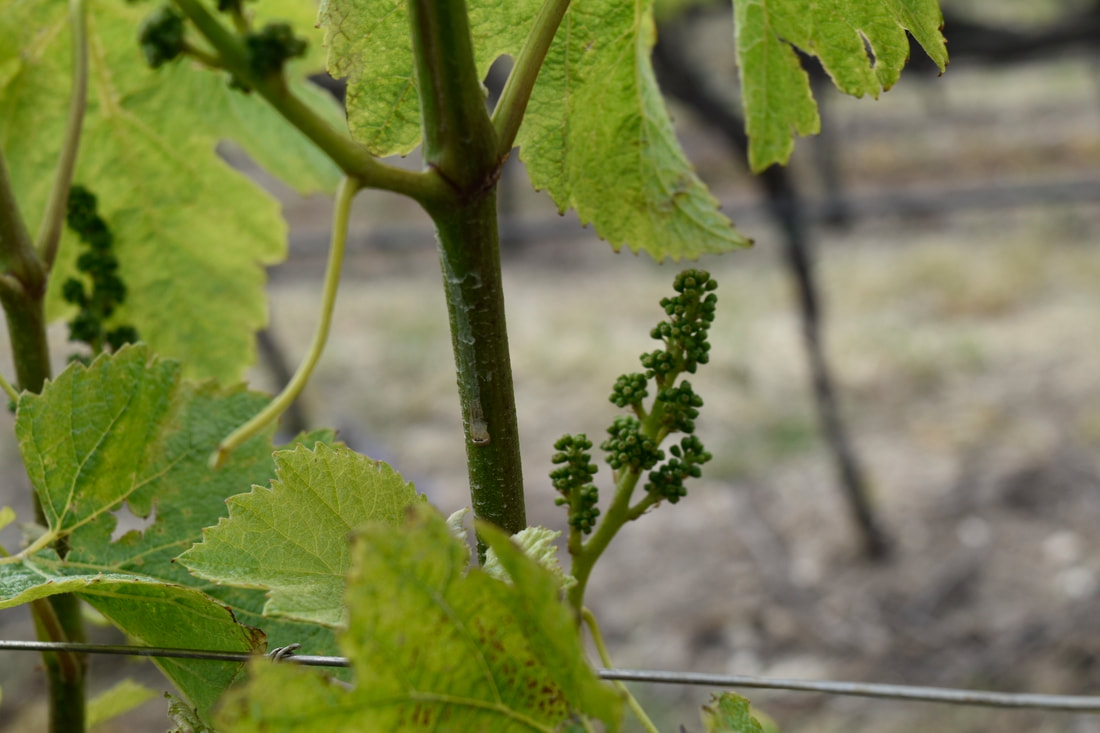
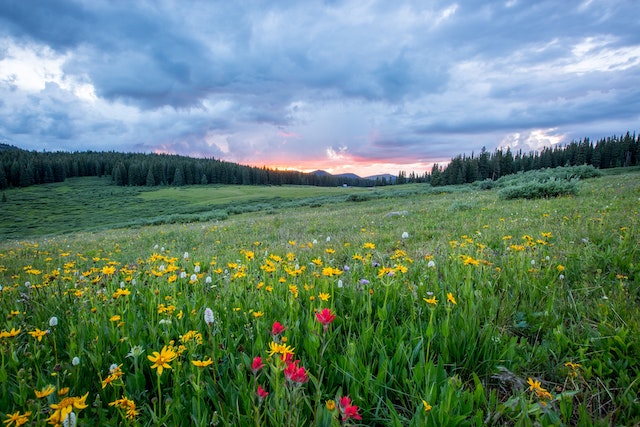
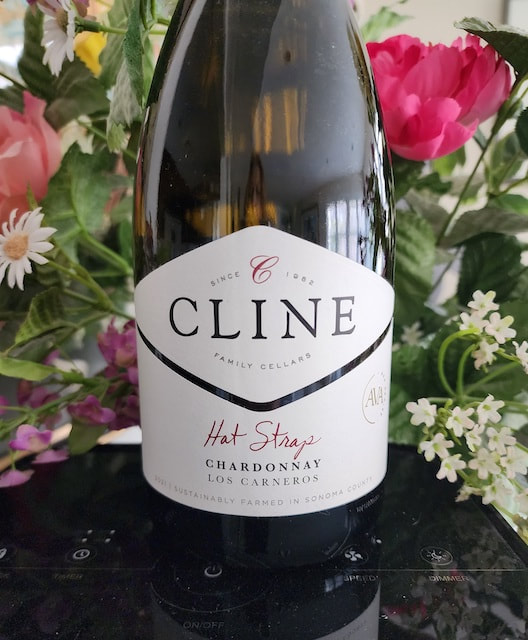
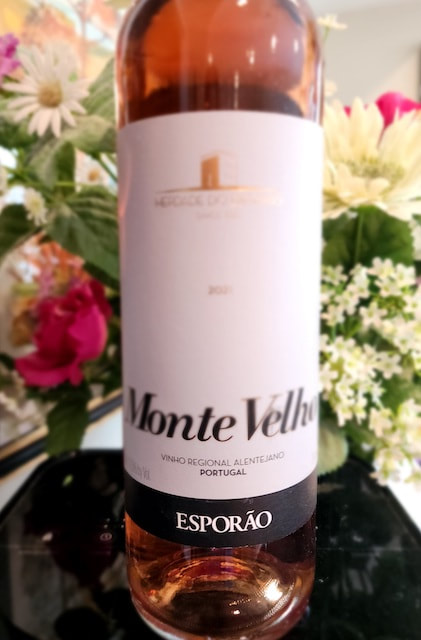
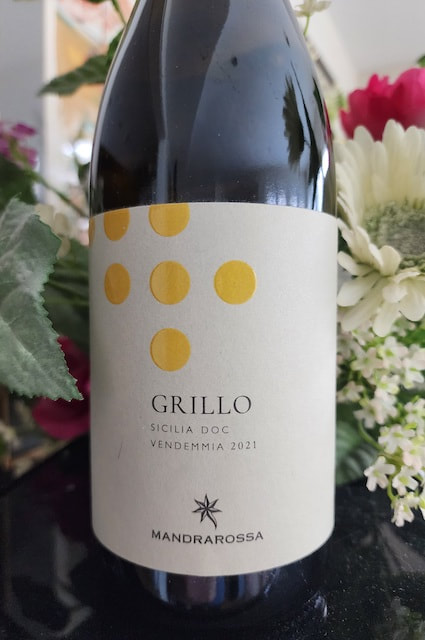
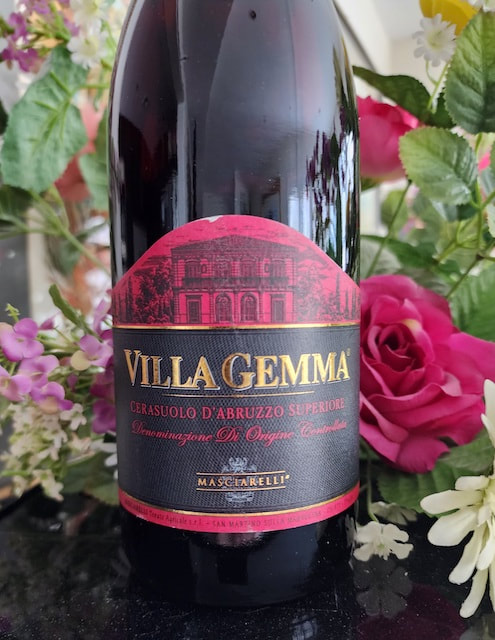
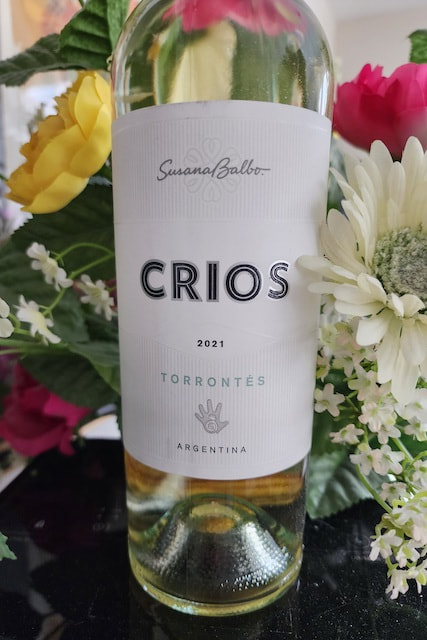
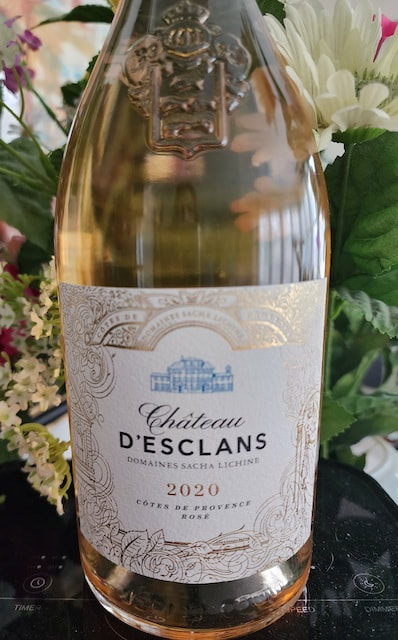
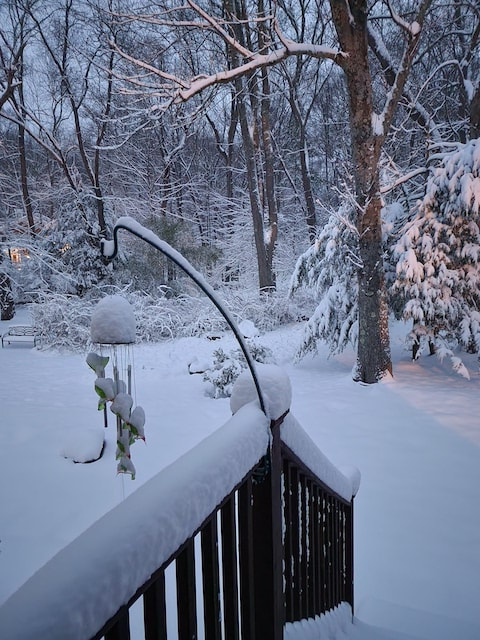
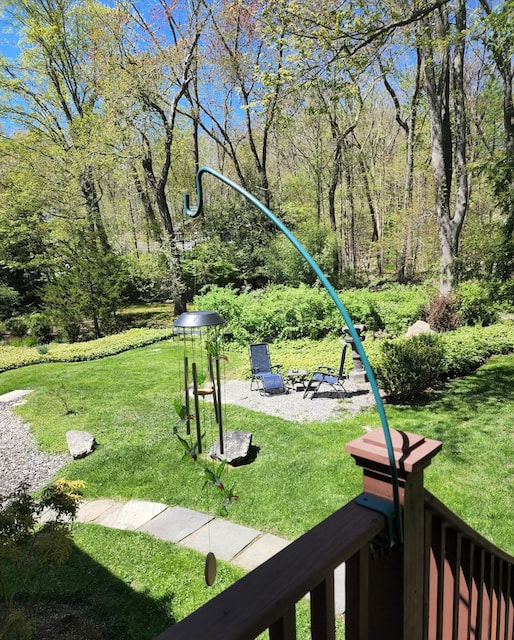
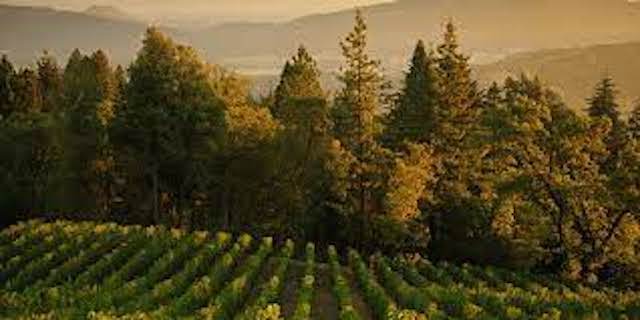
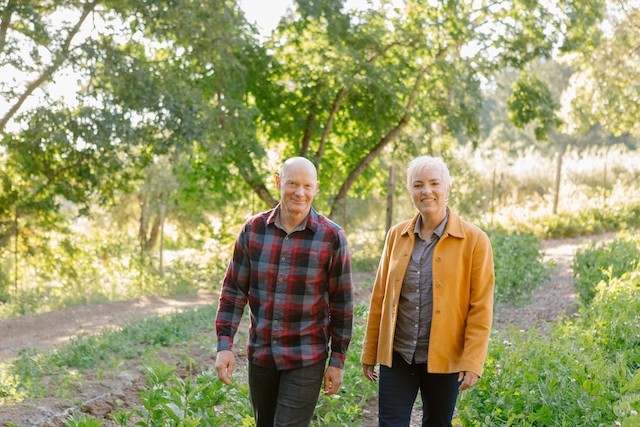
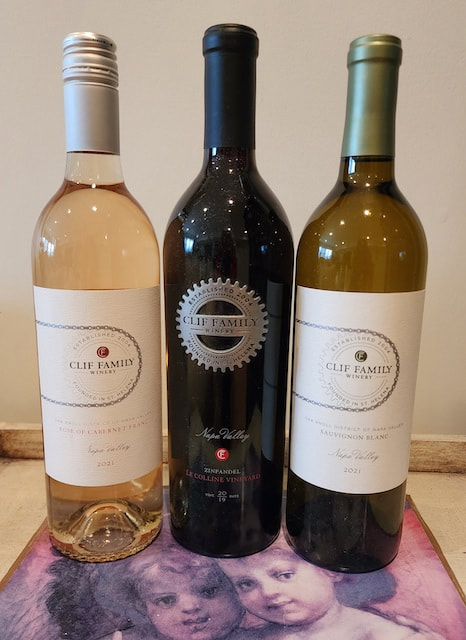
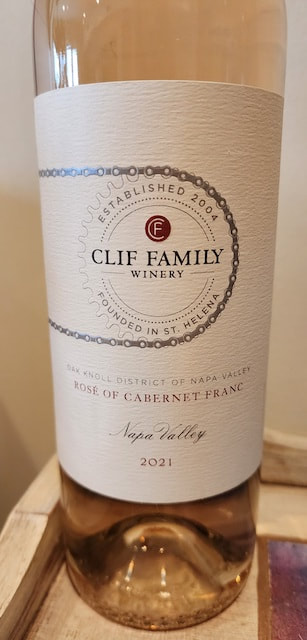
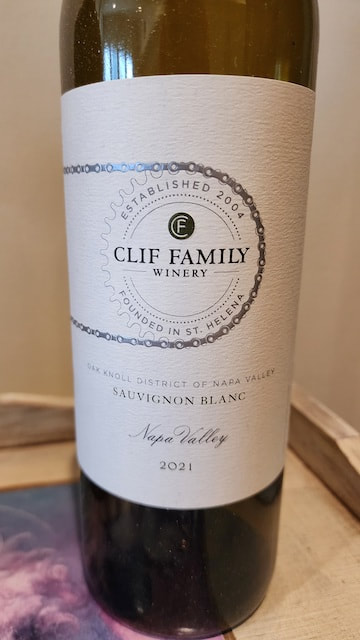
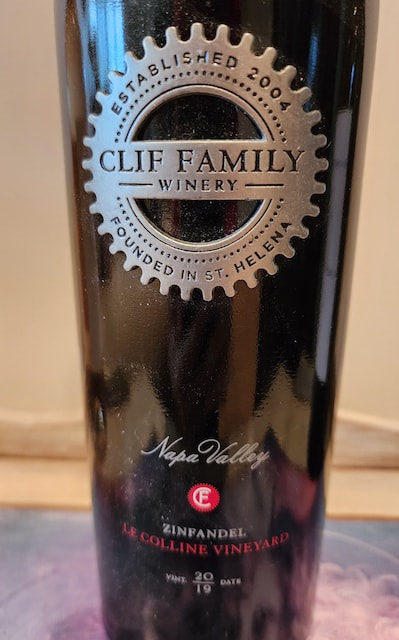
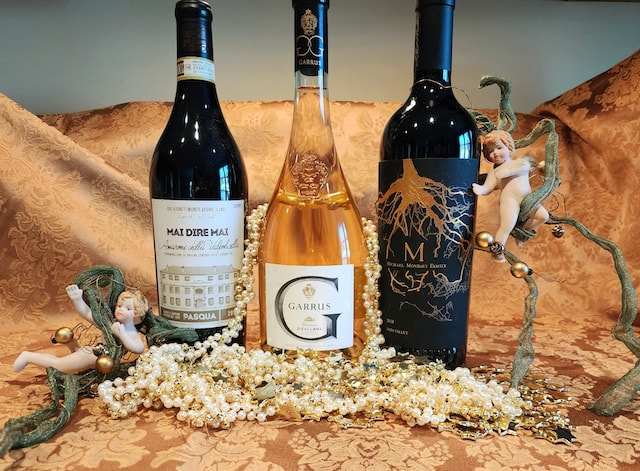
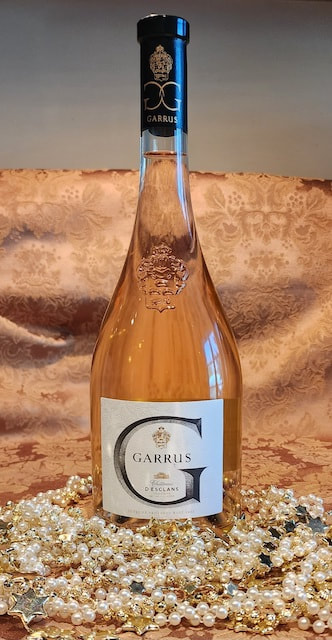
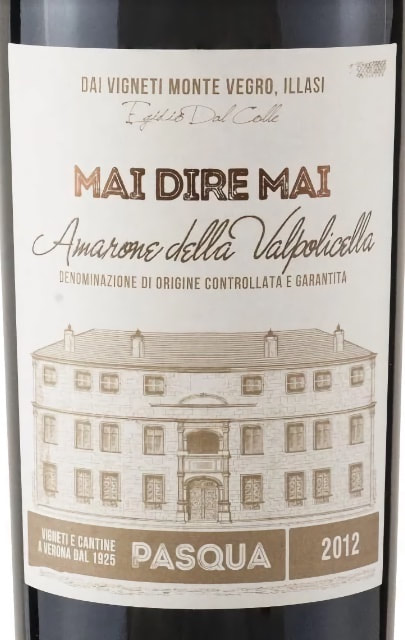

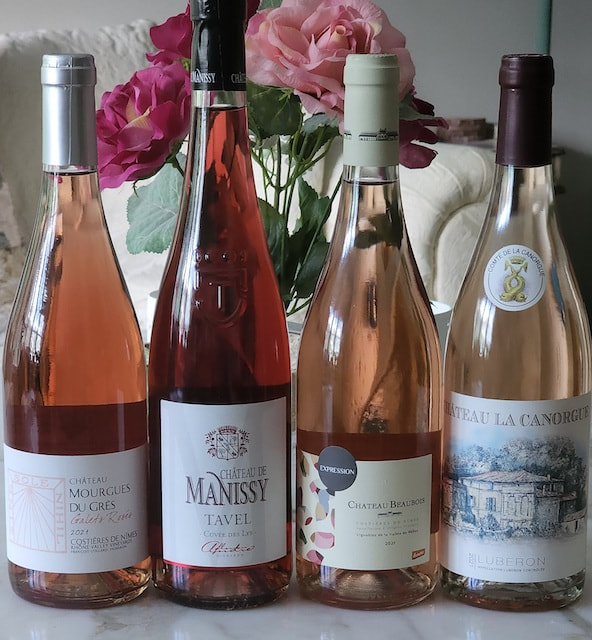
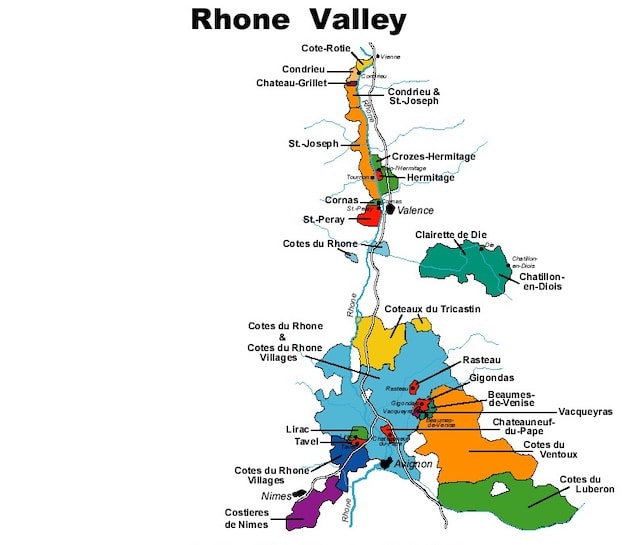
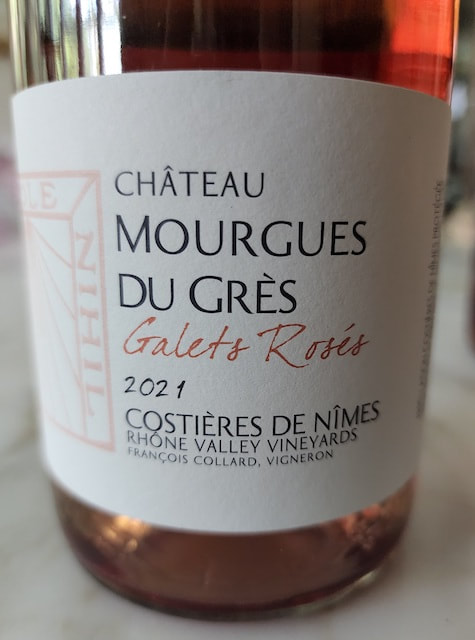
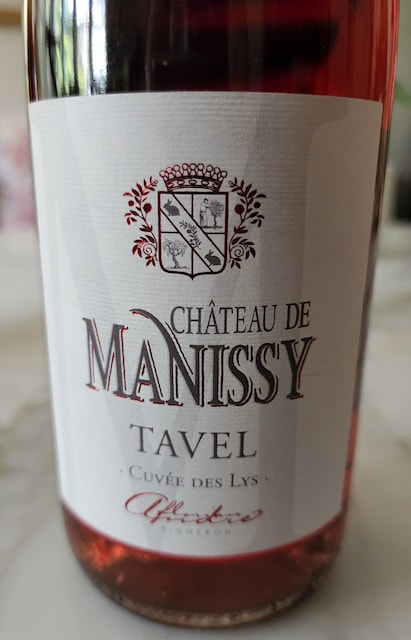
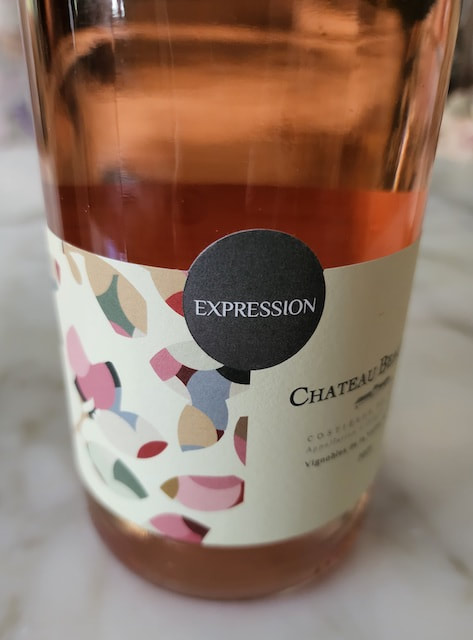
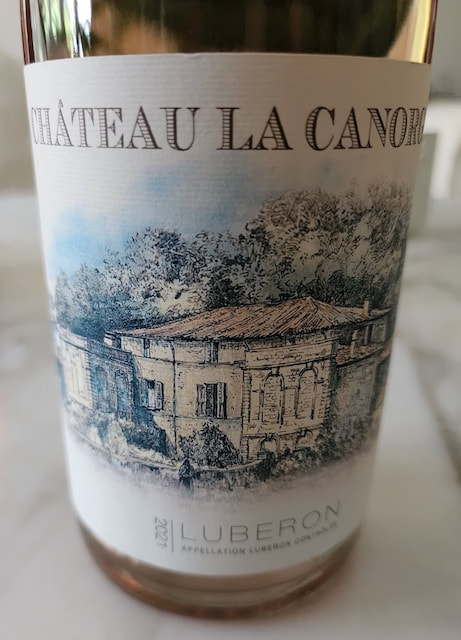
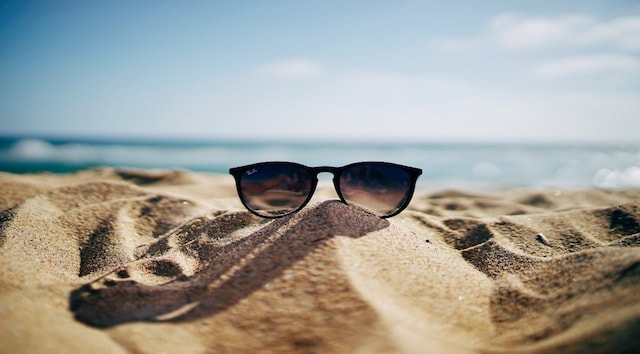
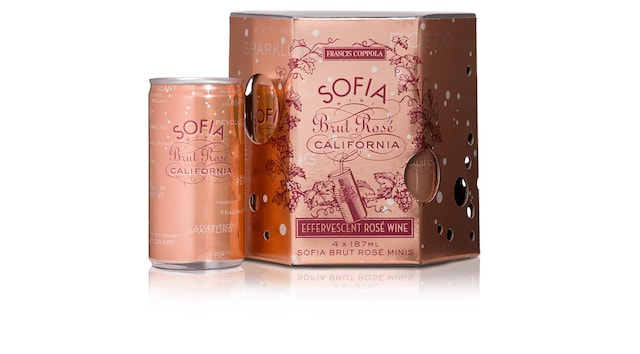
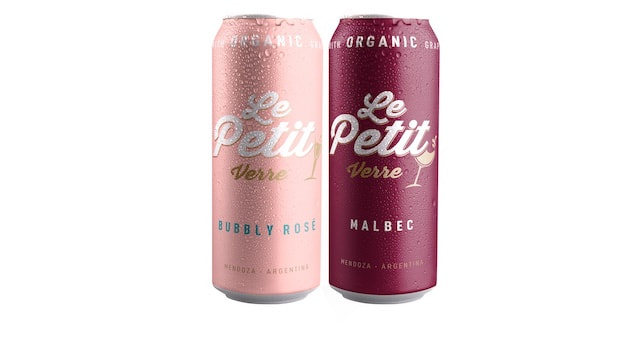
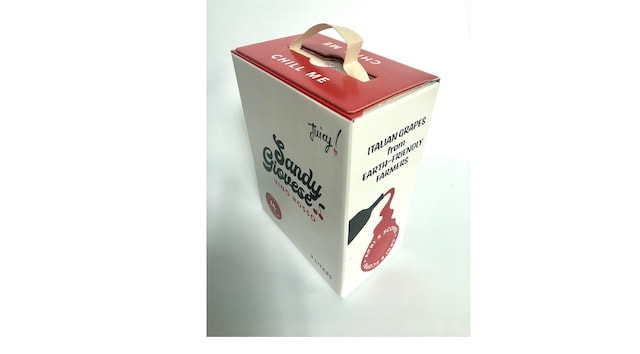
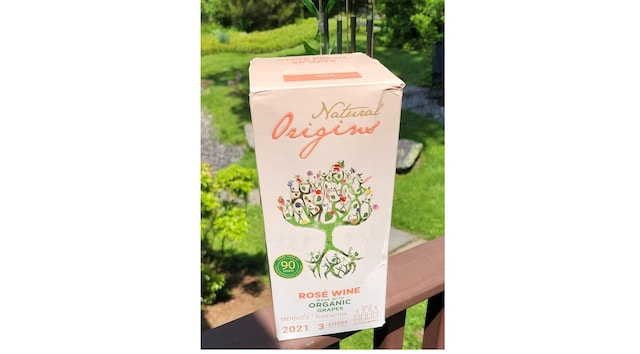
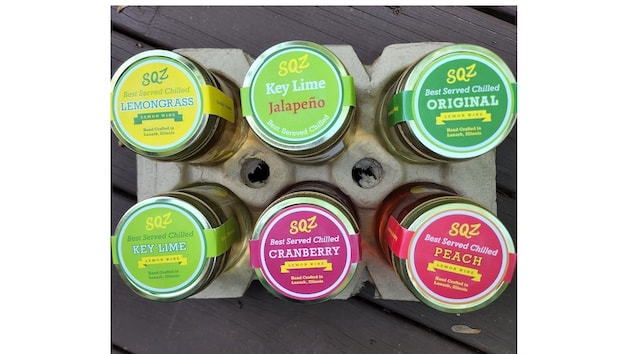
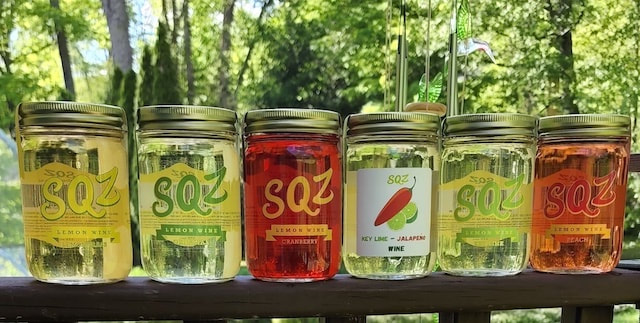
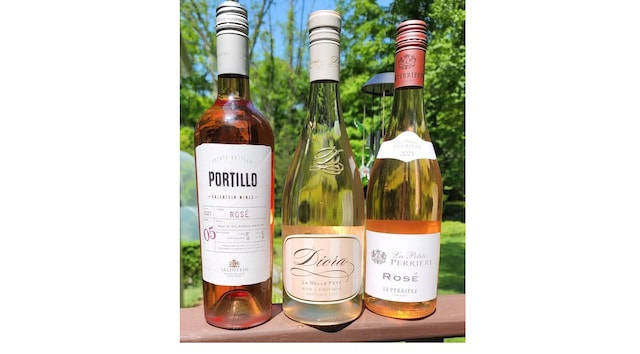
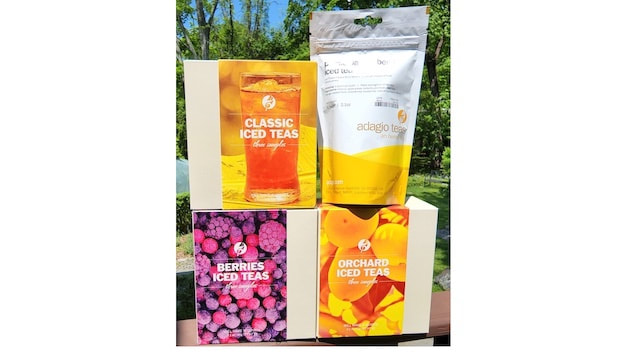
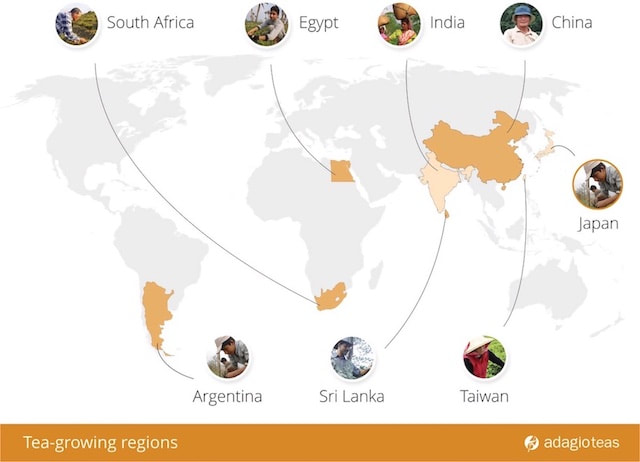
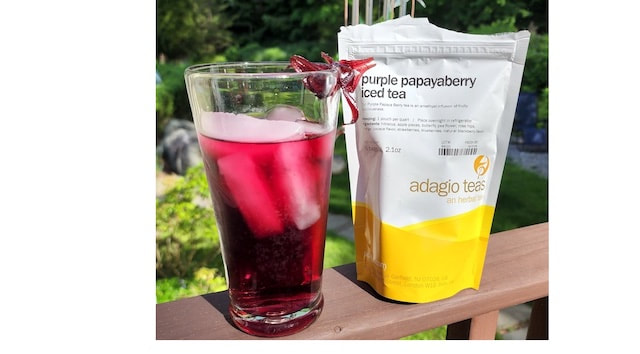
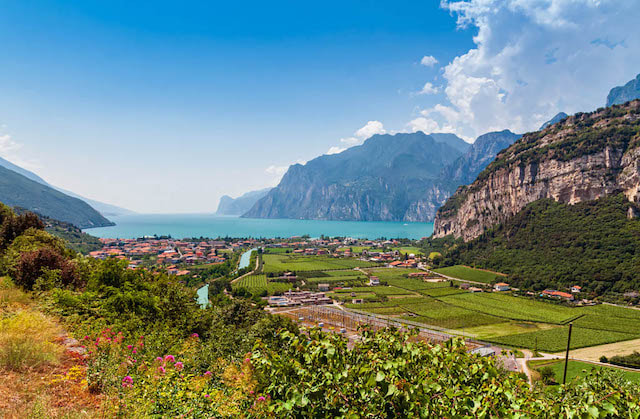
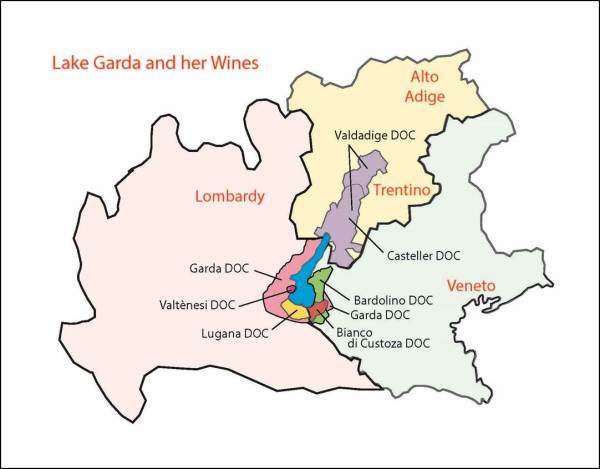
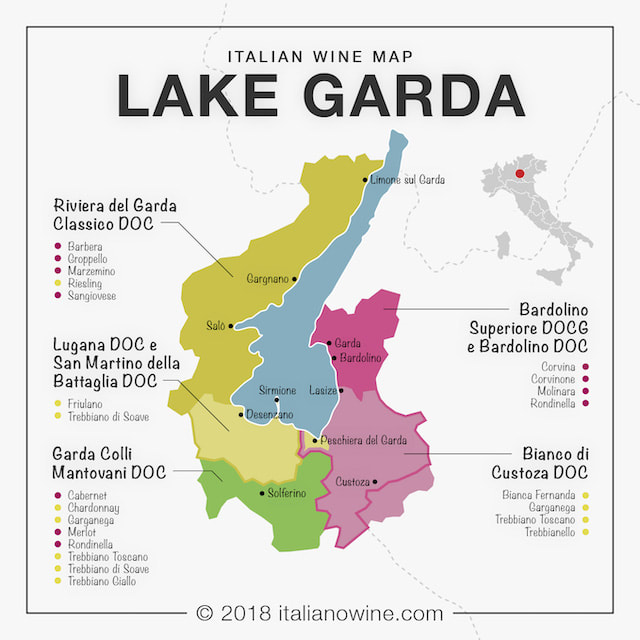
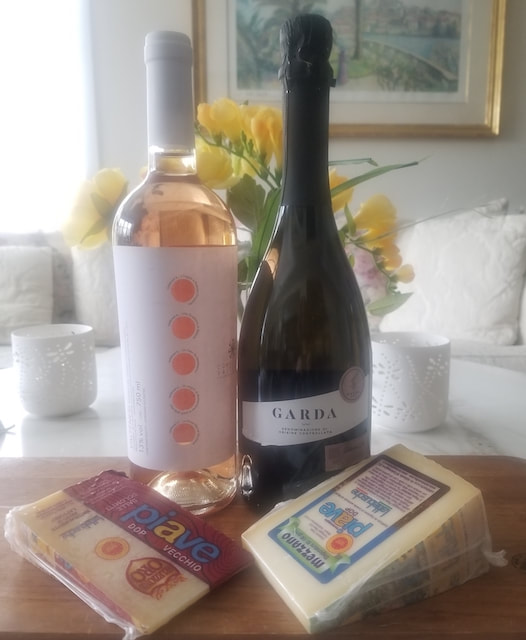
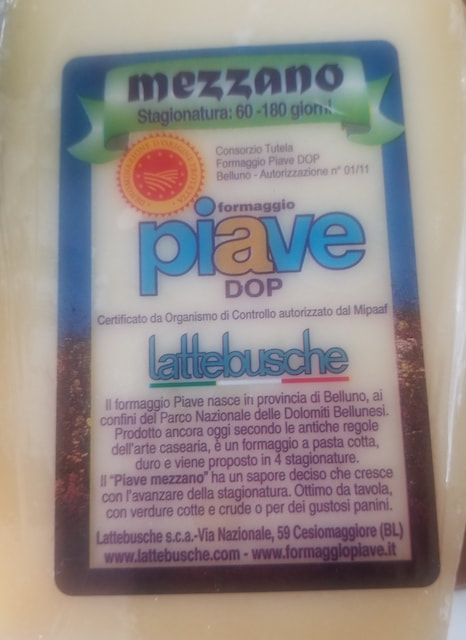
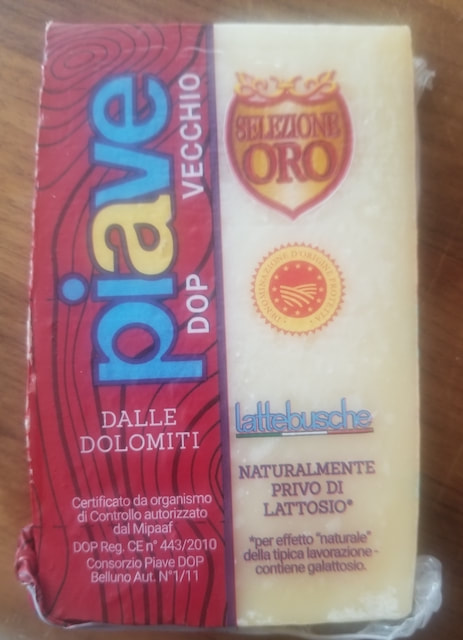
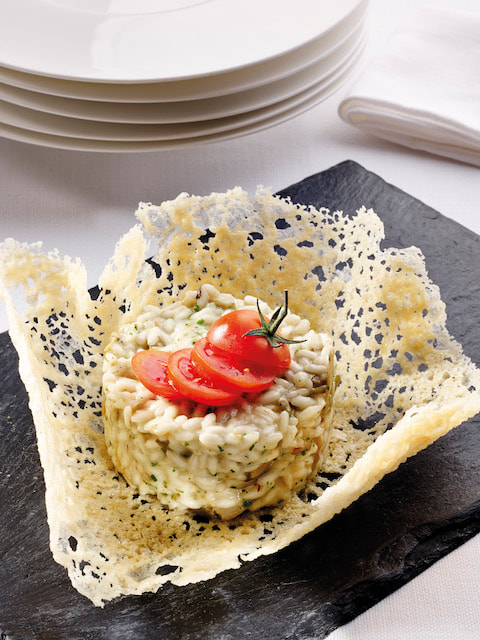
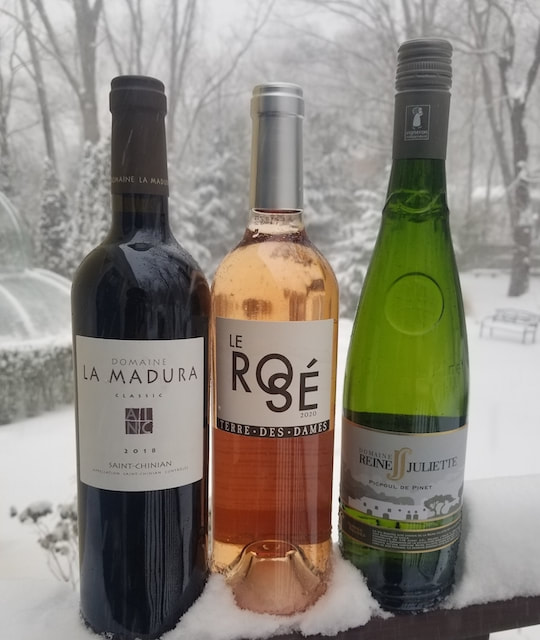
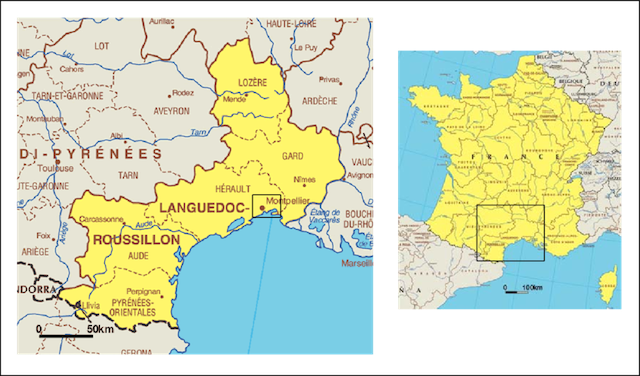
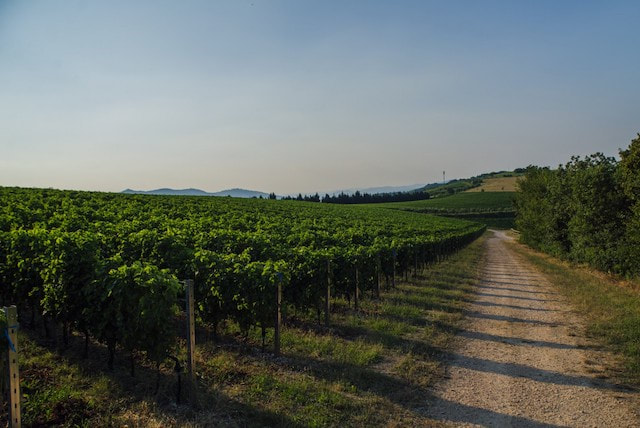
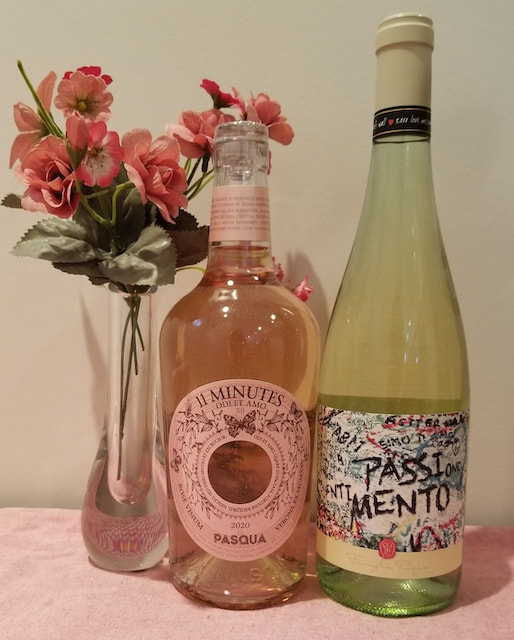
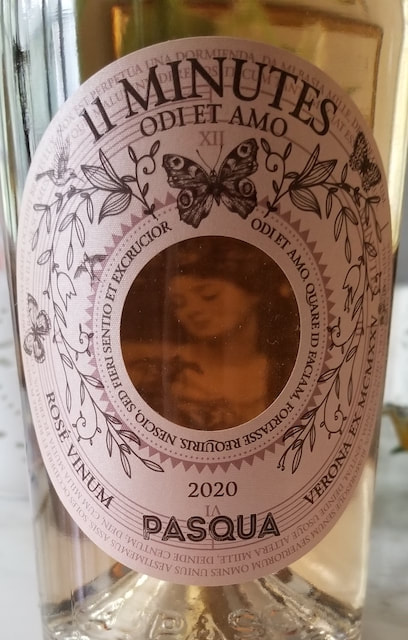
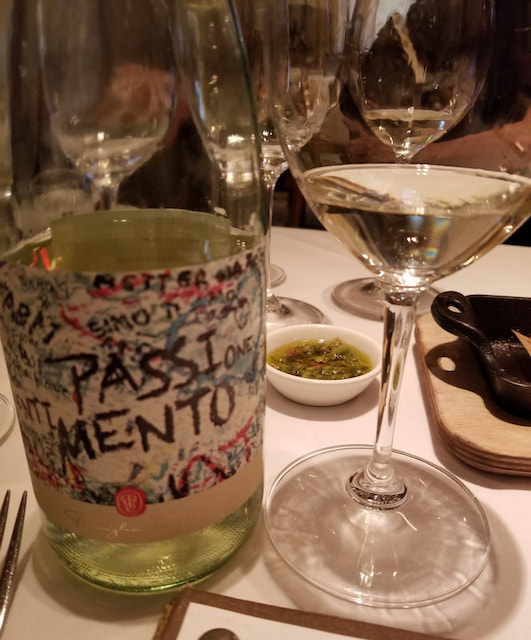
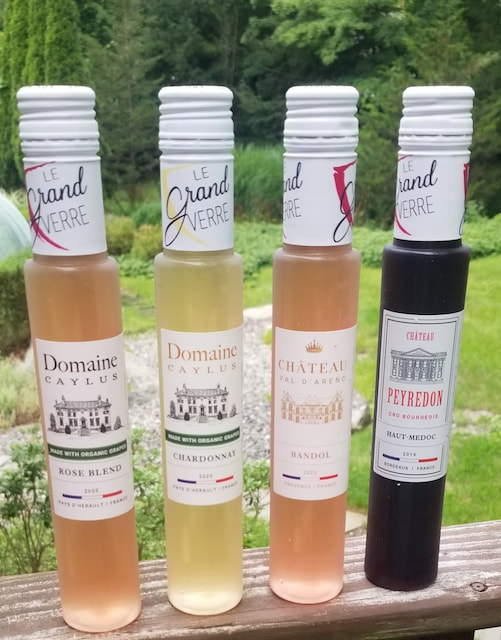
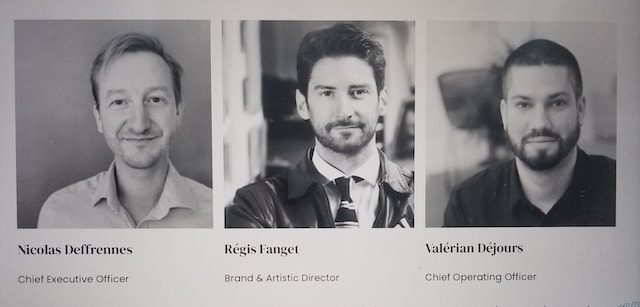
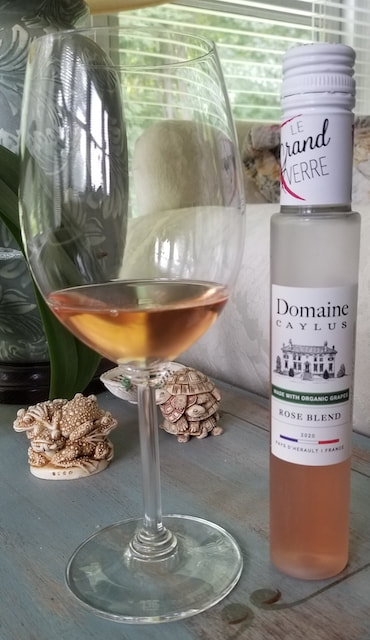
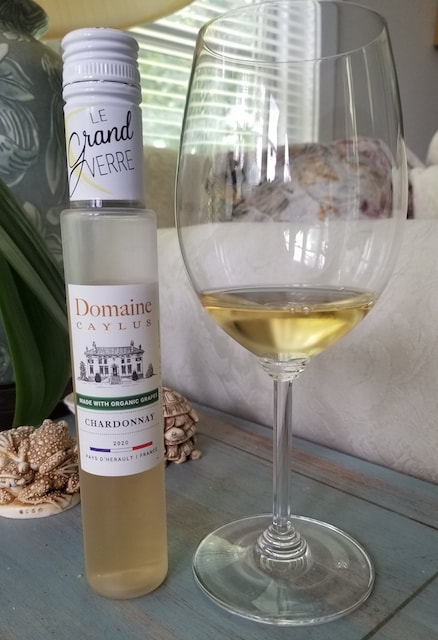
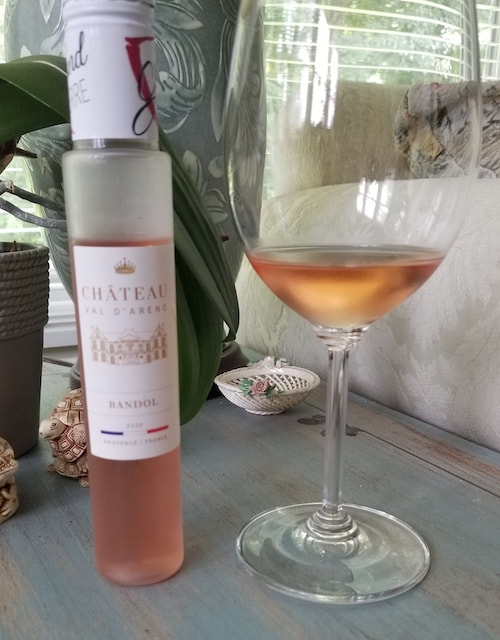
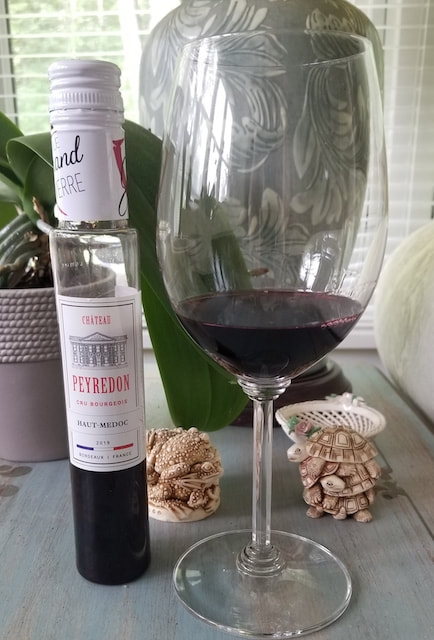

 RSS Feed
RSS Feed